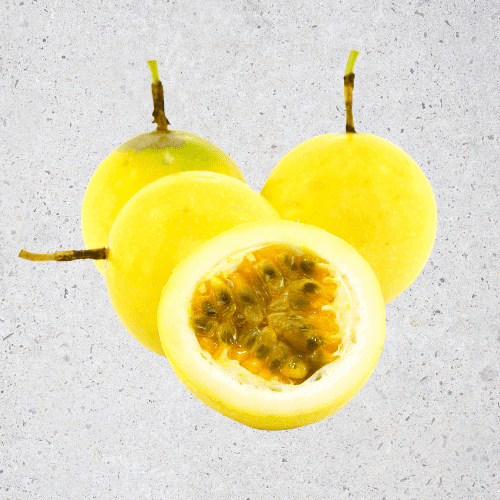Position
Plant your tree in a sunny area that receives some shade during the day. They will certainly tolerate full sun but thrive in an area that receives morning sun and afternoon shade. Due to the tree being native to the tropical rain forests, they enjoy hot, humid conditions. They prefer temperatures between 25 and 30° Celsius. Planting it in a container will allow it to be more manageable.
Size
Plenty of space is needed as these trees grow between 6 and 20 metres tall. Plant these trees at least 8 metres apart to ensure sufficient space.
Soil type
Nutmeg trees enjoy highly fertile soil with good drainage. A soil base with well-rotted manure and a little sand mixed in will do great. In general, lightly acidic soil with a pH of between 5.5 and 7.0 will be the best suited. Add a bag of acid compost when planting.
Watering
Water your nutmeg tree when the surface is dry in the morning. If planted in a container, water it more regularly as it would dry out quickly. Nutmeg enjoys consistently moist soil, so do not let the soil dry out completely. If your humidity is not at 85% then regularly (even twice a day) mist your tree to a point where drops form but do not drip off the leaves.
Mulching
Add a thick layer of pine bark mulch, keeping it about 20 to 30 centimetres away from the tree trunk itself (any closer and it may cause excess moisture to damage the trunk). This will retain the moisture in the soil and will prevent weeds from taking over.
Fertilising
Nutmeg enjoys well-rotted material. Spread additional composted manure around the base of the tree annually. Using a liquid fertiliser will help to maintain the plant, or apply 1 teaspoon every 4-5 months of our slow-release all-plant fertiliser. The roots will absorb what they need.
Pruning
Prune off the branches that grow inward towards the trunk while the tree is young. Branches at the bottom should be pruned to lift the crown and create more space below.
Pests & Diseases
Nutmeg plants are prone to a range of diseases, including fruit rot, diplodia tip blight, shot hole disease, and other fungal infections. Possible pests include scale insects, which can cause wilting of the leaves. Preferably use preventative measures by spraying with agricultural Neem Oil or Effective Microorganisms (EM Control)
Harvesting
Nutmeg is ready to harvest when the fruit opens and exposes the seeds. Separate the red aril from the seed casing. Once the seed dries out fully, you can separate the seed casing from the seed. The aril should be dried for two weeks in direct sunlight. To dry out the nutmeg, place it in sunlight for 6-8 weeks. When the nutmeg shrinks, the kernel will rattle. Now you can crack the casing and extract your prized nutmeg.






